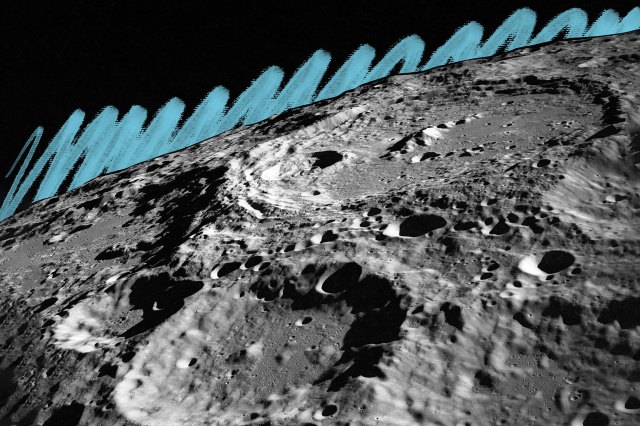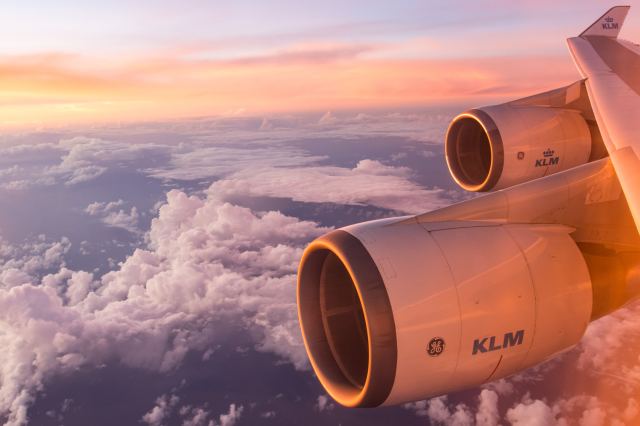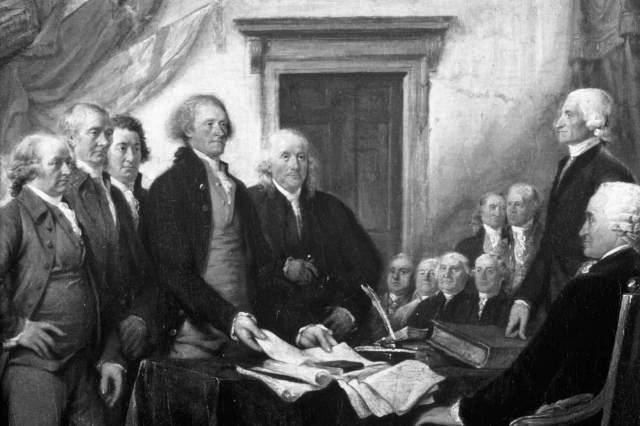When people booked flights to the moon 🌒
Friday, May 10, 2024
 |
Pan Am created a waitlist for moon travel in the 1960s. |
Science & Industry |
 |
| |
| Though Apollo 11 would not make its historic journey to the lunar surface for another five years, Pan Am was already busy working out the messy details of spaceflight service (chief among them being the inevitable discomfort of rocket launches). As the airline advertised its lunar list on radio and TV, the waitlist only grew. By the time Neil Armstrong took his "one small step for man" in July 1969, some 25,000 people were waiting for their ticket beyond Earth's gravitational embrace. Pan Am even set up a "First Moon Flights" Club, issuing club cards to around 93,000 certified members between 1968 and 1971. | |
| Ultimately, Pan Am was unable to deliver on its lofty lunar promises; high operational costs combined with an economic slowdown led to the airline's financial decline in the 1970s and eventual bankruptcy in 1991. The dream of space tourism, however, lives on. In 2021, Virgin Galactic's space travel waitlist (at $250,000 per ticket) had some 600 names on it, including Tom Hanks, Leonardo DiCaprio, and Lady Gaga. The spaceflight company Axiom Space, meanwhile, is busy curating 10-day visits to the International Space Station for a cool $55 million and launched its first private mission in April 2022. Still, though humans have clearly long been hungry for ways to leave our home planet, the surface of the moon remains an exclusive destination for professional astronauts — for now. | |
 |  |
 | |||
| |||
This Rare, Limited-Time Travel Credit Card Offer Is Turning Heads | |||
| Thank you for supporting our sponsors! They help us keep History Facts free. |
 | ||||||||||||||
By the Numbers | ||||||||||||||
| ||||||||||||||
| ||||||||||||||
 | ||||||||||||||
| ||||||||||||||
A Pan Am plane was the first commercial aircraft to fly around the world. | ||||||||||||||
| December 7, 1941, is etched in history as "a date which will live in infamy," but for the crew of Pan Am's flying boat the Pacific Clipper, the date represents the beginning of an incredible adventure. After attacking Pearl Harbor, Japanese troops also struck Pan Am facilities in Manila, Hong Kong, and Wake Island, leaving the Pacific Clipper stranded from its home port in San Francisco. The plane's captain, Robert Ford, received orders to return the long way around. The flying boat (meaning it could land on water) took to the skies on December 16 and puttered westward, avoiding Japanese patrols and often refueling on automobile gasoline. After 209 total flight hours, 31,500 miles, and more than a few close calls, Ford and his crew landed at New York City's marine terminal on January 6, 1942. Including its original scheduled flight from San Francisco to Auckland, the Pacific Clipper completed the first circumnavigation of the globe by a commercial aircraft — in a way no one ever expected. | ||||||||||||||
 | |||
Recommended Reading | |||
 | |||
| | |||
 | |||
| | |||
| + Load more | |||
| |||||||||
| Contact us | |||||||||
| Privacy Policy | |||||||||
| Terms of Use | |||||||||
| Do Not Sell My Info | |||||||||
| 700 N Colorado Blvd, #513, Denver, CO 80206 | |||||||||
posted by June Lesley at 4:00 AM
![]()
![]()






0 Comments:
Post a Comment
<< Home